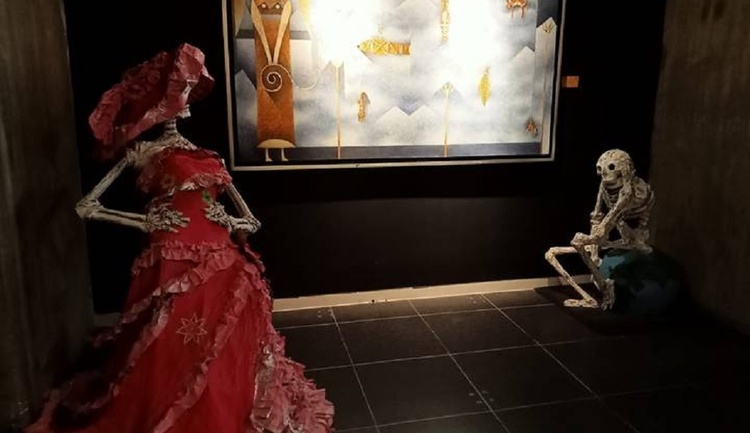
Mexican funerary art and the Museum of Death
In the world, there is no other Museum dedicated to the exhibition of the iconography of death
In the heart of the city of Aguascalientes there is a Museum that is unique in its kind, since there is no knowledge of another similar venue in the world dedicated to the exhibition of funerary art.
It is the National Museum of Death, inaugurated in 2007, with support from the Autonomous University of Aguascalientes.
In its beginnings, it only housed the personal collection of master Octavio Bajonero Gil, which he donated to this place. Bajonero Gil was one of the most prominent graphic artists in Mexico at the end of the 20th century. The Museum of Death exhibits around two thousand pieces of art, made in different techniques such as engraving, sculpture, object art and painting. , among others, representative of mortuary festive folklore; not only from the Mexican Republic, but from other regions of Latin America. These works are distributed in the Calaveras Popular Art Room, Multipurpose Room, Funerary and Ritual Popular Art Room, Historical Room, Neo-pre-Hispanic Popular Art Room, Mesoamerican Popular Art Room and Multipurpose Room, to mention a few.
Admission to this Museum costs 40 pesos for the general public and 20 pesos for children, students, teachers, seniors and people with disabilities. On Wednesdays admission is free.
Subsequently, the Museum enriched its collection with the collection of master Daniel Mercurio López Casillas, who has collaborated as a curator at the National Museum of Prints, in Mexico City; as well as in the José Guadalupe Posada Museum and the National Museum of Death itself, in Aguascalientes.
The National Museum of Death is open from Tuesday to Sunday, from 10:00 a.m. to 6:00 p.m., with last access at 5:00 p.m.

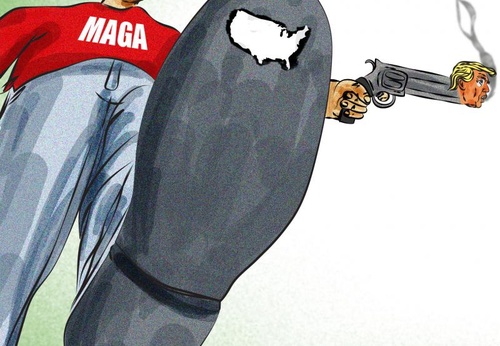
- July 15, 2025
Shot in the foot
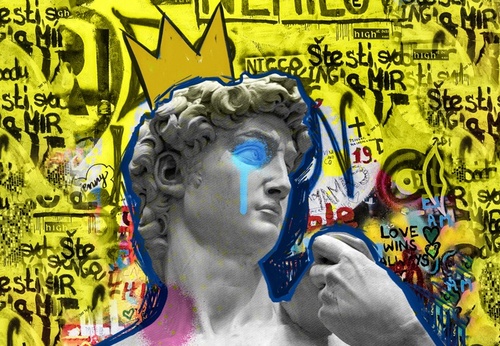
- July 15, 2025
Differences between modern art and contemporary art
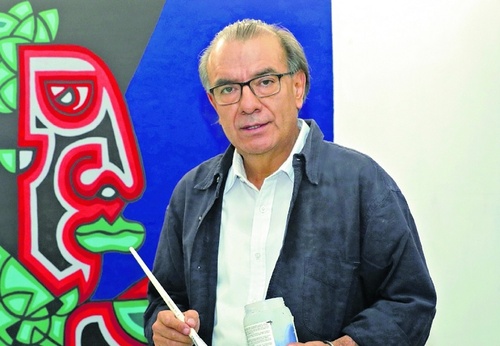
- July 15, 2025
Rudy Cottón Exhibition in Guatemala
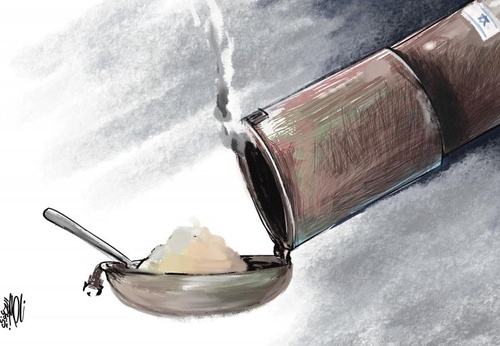
- July 15, 2025
Gallery Of Humor Drawing By Naser Jafari - Jordan_Part2
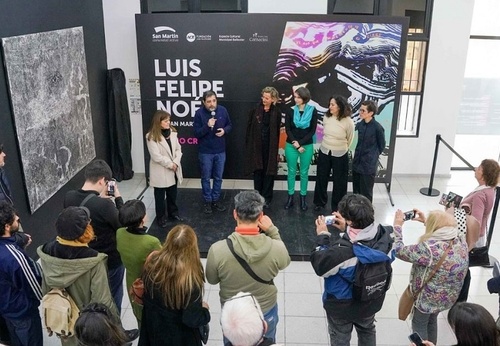
- July 15, 2025
Exhibition of a Legend of Latin American Visual Art
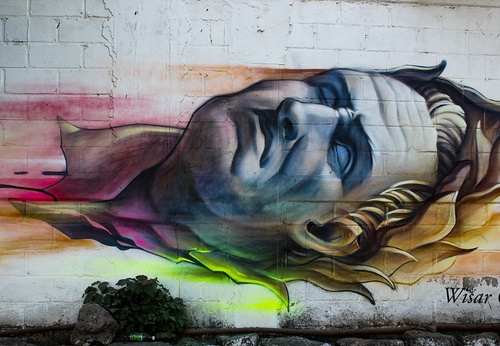
- July 15, 2025
Gallery Of Street Art By Bryan Molina - Mexico
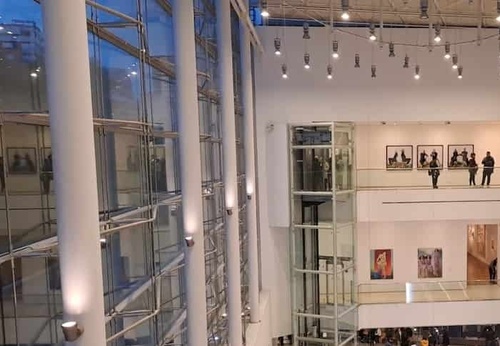
- July 14, 2025
An exhibition that says nothing

- July 14, 2025
Visual Techniques in Advertising Photography

- July 15, 2025
Rudy Cottón Exhibition in Guatemala

- July 15, 2025
Exhibition of a Legend of Latin America…

- July 14, 2025
An exhibition that says nothing

- July 12, 2025
Art as a tool for “a healthy and creati…

- July 12, 2025
The art of Páez Vilaró arrives in Villa…

- July 12, 2025
Circuits of the Future in Carlos Ortúza…

- July 11, 2025
Works by Six Latin American Artists

- July 10, 2025
The Voice of Latino Art in the Heart of…

- July 09, 2025
Douglas proposed in front of the painti…

- July 08, 2025
Unprecedented Botero Exhibition in Guan…

- July 07, 2025
Last chance to view LATINOAMERICANO exh…

- July 07, 2025
The contemporary art exhibition was ina…

- July 02, 2025
Hugo Correa Exhibits at Museo Ralli San…

- July 02, 2025
The Exhibition That Reimagines the Past…

- July 02, 2025
The Major Exhibition "Before America" …

- June 29, 2025
Peruvian painter Gerardo Chávez dies at…

- June 29, 2025
ARCOmadrid 2026 Opens Call for Entries …

- June 29, 2025
José María Velasco: The Landscape Artis…

- June 26, 2025
It houses 40 legacies of Latin American…

- June 18, 2025
Winners of the “Holosaide” event announ…

- October 08, 2023
Illustrations reflect the brutal Israel…

- December 25, 2023
The jury statement of the Iran-Brazil F…

- July 29, 2023
History of Caricature in Brazil

- April 20, 2024
Poignant Image of Grief Wins Mohammed S…

- March 21, 2024
The history of art in Palestine

- May 22, 2025
Brady Izquierdo’s Personal Exhibition O…

- September 01, 2023
Neural Filters in new photoshop 2023

- October 21, 2023
Erick Meyenberg and Tania Ragasol at th…

- March 14, 2024
museum of statue of van gogh

- May 25, 2025
Bordalo II to hold exhibition in Paris …

- August 09, 2023
Venezuela mural expresses solidarity wi…

- March 30, 2024
illustration websites in Latin America

- March 15, 2024
museum of sculpture of Salvador Dali

- May 20, 2024
Latin American Festival of Performing A…

- July 30, 2024
The artist from San Luis Mirta Celi rep…

- March 18, 2025
Works by Cuban Artist Eduardo Abela in …

- January 04, 2025
Material Art Fair 2025

- July 03, 2024
Newly discovered rock art in Venezuela

- October 30, 2023
Palestinian turns images of the Gaza co…

- November 07, 2024
The exhibition “The message behind Bote…

- February 18, 2024
7 Ways to Understand What Visual Arts A…

- May 15, 2024
Eleven murals for Gaza painted across t…

- January 02, 2025
13 commemorations that will mark the cu…

- October 08, 2023
Illustrations reflect the brutal Israel…

- October 17, 2023
The influence of Latin American artists…

- November 17, 2023
Fernando Botero's work is booming after…

- December 25, 2023
The jury statement of the Iran-Brazil F…

- July 29, 2023
Piracicaba International Humor Exhibiti…

- February 03, 2024
THE HISTORY OF NAIF ART

- November 06, 2023
Heba Zagout: Palestinian artist murdere…

- February 01, 2025
A maior exposição de Botero em Barcelona

- July 02, 2024
One of the largest urban art galleries …

- December 10, 2023
Sliman Mansour and Palestinian art on t…

- July 20, 2024
First International Mail Art Biennial 2…

- September 01, 2023
Neural Filters in new photoshop 2023

- March 14, 2024
museum of statue of van gogh

- October 30, 2023
Palestinian turns images of the Gaza co…

- October 23, 2023
Controversy over the project that will …

- February 06, 2024
Bolivian artists will be at the 2024 Ve…

- February 08, 2024


